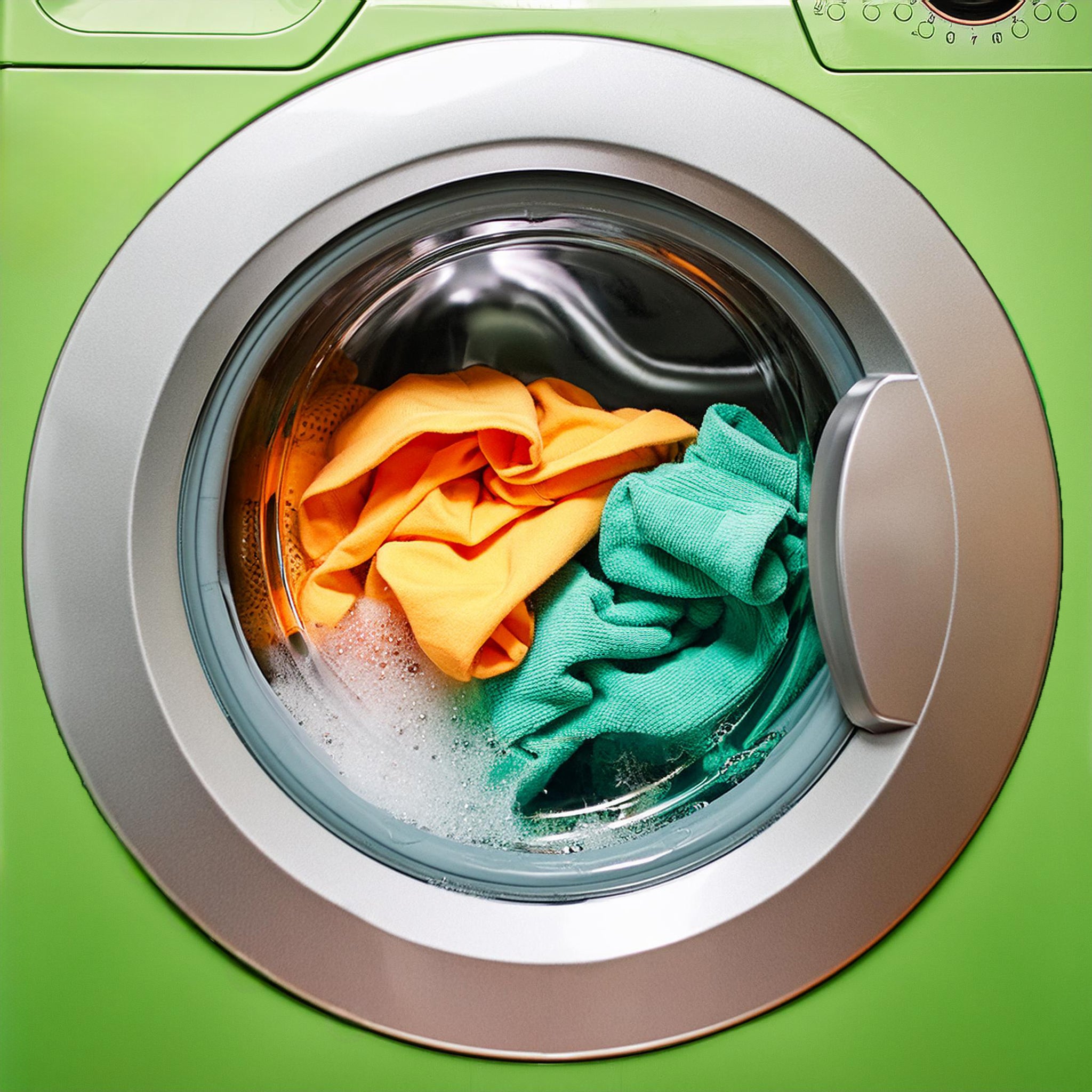In recent years, the question of sustainability has permeated every facet of our lives, extending even into our laundry routines. One emerging product that claims to offer a more eco-friendly alternative is the laundry detergent sheet. But how does this newcomer stack up against traditional detergents regarding environmental impact, efficiency, and cost? Are we just trading one set of problems for another, or are these sheets truly the green solution they're touted to be? This comparison aims to shed light on these pressing queries.
Understanding Traditional Laundry Detergents
Delving into the world of traditional laundry detergents, it becomes clear that these products, typically in liquid or powder form, have been the foundation of laundry cleaning for decades due to their proven effectiveness and wide availability. Their chemical composition, often including surfactants, builders, bleach, enzymes, and fragrances, allows them to effectively penetrate fabric and remove stains and odors.
Surfactants, the main cleaning agent, target and remove dirt, while builders enhance the surfactant's performance by softening the water. Bleach acts as a whitening agent, enzymes break down proteins and starches, and fragrances provide a fresh scent. Together, these components deliver the cleaning power that consumers have come to expect from traditional detergents.
Another important aspect of traditional detergents is their compatibility with washing machines. Whether used in top-loaders, front-loaders, or high-efficiency machines, these detergents have been designed to produce the best results. Manufacturers have continually innovated their formulas to ensure compatibility with a variety of washing machines, protecting both the appliance and the laundry. Despite the advent of newer cleaning technologies, biodegradable detergent sheets, and other eco-friendly options, traditional laundry detergents remain a trusted choice for many consumers.
An Introduction to Detergent Sheets
Shifting from traditional laundry solutions, we encounter a novel innovation in the form of detergent sheets, characterized by their convenience and eco-friendly attributes. These sheets have been designed to provide consumers with a more modern, user-friendly option, while also addressing global environmental concerns.
One of detergent sheets' most significant selling points is their convenience factor. These compact, pre-measured sheets eliminate the need for heavy, bulky detergent bottles, making them easy to store and transport. They do not require any pouring or measuring, thereby reducing the chances of spillage or wastage. This ease of use is particularly beneficial for people with physical limitations or those who lack adequate storage space.
As an eco-friendly option, detergent sheets have a minimal environmental footprint. They are typically made from biodegradable materials and are free from harmful chemicals, making them safe for both the user and the environment. Most brands also package these sheets in recyclable or compostable materials, further reducing waste.
Environmental Impact Comparison
When comparing the environmental impact of traditional detergents to laundry detergent sheets, several notable differences become evident. The production and use of traditional detergents contribute significantly to the carbon footprint. This is due to the energy-intensive manufacturing process and the heavy plastic packaging, which often ends up in landfills.
In contrast, eco-friendly detergent sheets are designed with a smaller carbon footprint in mind. Most brands utilize eco-friendly packaging, often made of recyclable or compostable materials, which greatly reduces waste. Additionally, the production process of these sheets involves less water and energy compared to their liquid counterparts.
Furthermore, the compact nature of detergent sheets leads to fewer transportation-related carbon emissions. Traditional detergents are heavy and bulky, and hence require more fuel for transportation, contributing further to their carbon footprint.
Cost and Efficiency Analysis
Moving from the environmental aspects, an analysis of cost and efficiency offers further insight into the comparison between laundry detergent sheets and traditional detergents.
In terms of cost comparison, laundry detergent sheets may initially appear more expensive than traditional detergents. However, when considering the precise dosage and absence of waste, the cost per load can be comparable, if not lower. Additionally, the prevention of spillage or overuse often observed with liquid and powder detergents may create additional savings in the long term.
Effectiveness evaluation is also important in this analysis. Laundry detergent sheets have shown similar, and in some tests, superior cleaning performance compared to traditional detergents. Their pre-measured amounts ensure ideal concentration, thereby eliminating the risk of using too little or too much detergent, a common issue with traditional products.
Furthermore, sustainable laundry sheets' compact and lightweight nature contributes to their efficiency, simplifying storage and transportation. This not only enhances user convenience but also reduces fuel consumption and carbon emissions associated with product transport.
Making the Sustainable Choice
In light of these considerations, the sustainable choice between laundry detergent sheets and traditional detergents becomes evident, particularly when evaluating the overall environmental impact, cost-efficiency, and performance of these products. Laundry detergent sheets emerge as the more eco-friendly option, leaving behind less waste and requiring less energy for production and transportation.
The manufacturing process of traditional detergents involves the production and disposal of plastic packaging, contributing significantly to environmental pollution. Conversely, laundry detergent sheets are packaged in recyclable materials, thereby reducing waste and promoting a more sustainable lifestyle.
Furthermore, laundry detergent sheets are concentrated forms of detergent, meaning they are not bulked out with water like their liquid counterparts. This not only makes them more cost-efficient but also reduces their carbon footprint as less energy is expended in their production and transportation.
While traditional detergents have long been the standard in terms of performance, there is growing evidence that laundry detergent sheets can deliver comparable results. They dissolve completely in the wash, leaving no residue, and perform equally well in hot and cold water.

Share:
The Eco-Friendly Revolution: Embracing Laundry Detergent Sheets
The Evolution of Laundry Detergent: Why Sheets Are the Future